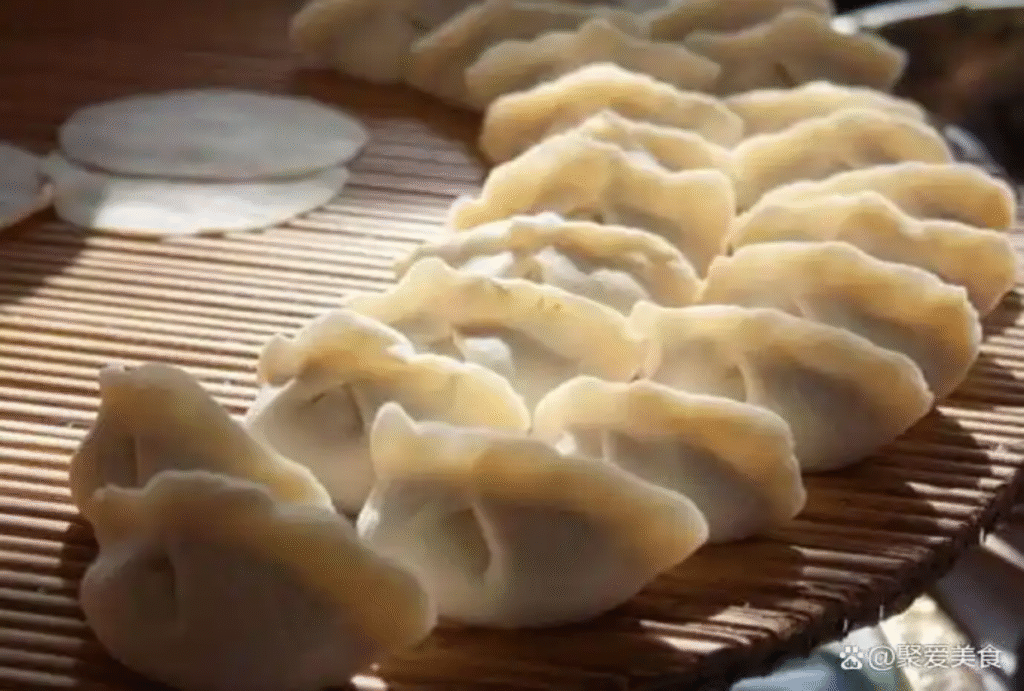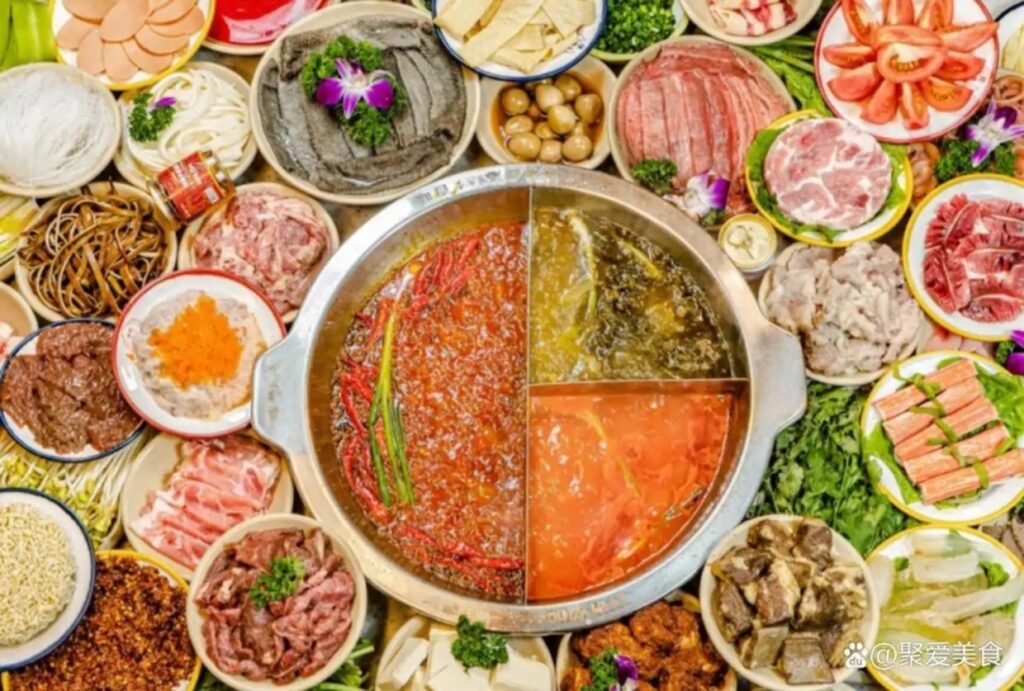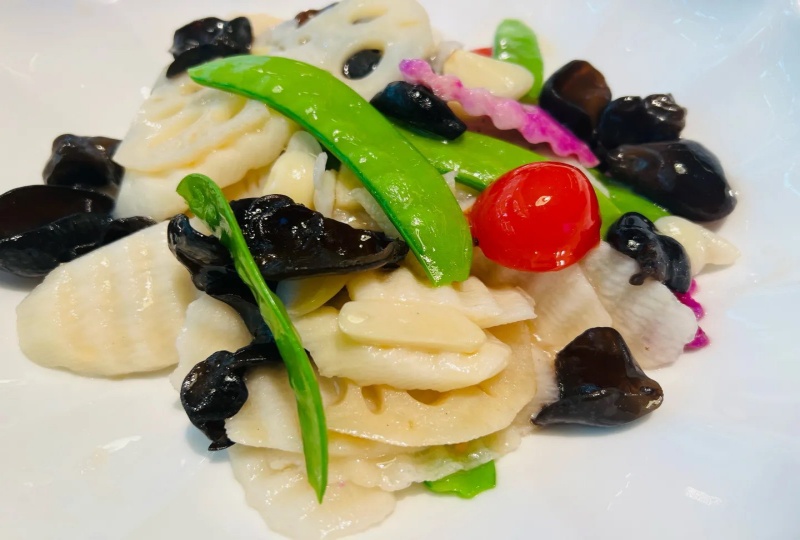Chinese Food Culture
Chinese Food Culture
Chinese cuisine is renowned around the world, but if you’ve only ever eaten at Chinese restaurants abroad, you may be amazed at the sheer variety and abundance of ingredients. Chinese cuisine has a myriad of delicious and flavorful dishes. People from different regions also have different cuisines, ranging from light, sweet, salty, spicy and sour.
1. Chinese Dining Etiquette and Culture
As an ancient civilization, China pays great attention to etiquette. After thousands of years of development, China has developed its own unique dining culture and etiquette, which foreign visitors may find very different from what they are used to, or even strange.

2. Things you should know about eating in China
Different countries have different food customs. You may have tried Chinese food in your country, but China is different. If you are planning to travel to China, this article will help you understand the basics of Chinese food.
■ Chinese people use chopsticks to hold food, not knives and forks.
■Noodles are the staple food in northern China, while rice is the staple food in the south. Noodles are also served in restaurants in the south, but are usually rice noodles.
■Rice is served separately (shared meals): in small bowls. Meat/vegetables are served on plates or in larger bowls and placed in the center for sharing. Unlike in the West where each person gets a plate (unless eating fast food)!
■ Cuisines vary throughout China. Chinese cuisine is rich and varied, with different flavors: spicy, sweet, sour, heavy, and so on. Learn more about regional Chinese cuisine.
■Restaurants usually provide a round table that seats four or more people. There may be a tempered glass turntable in the center of the table that can be rotated for easy access to each dish.
■Chinese cuisine has a wide variety of ingredients that sometimes even shock foreigners (e.g. frogs, chicken claws, pig ears, pig intestines, dog meat, etc.). Take a look at some of the less common ingredients in Chinese cuisine.
■There are usually no salt and pepper shakers or ketchup bottles on the dinner table. However, you may find some soy sauce bottles, vinegar bottles, and chili sauce bottles.
■Some Chinese restaurants can be quite noisy and smoky, and people do not control the volume of their conversations or smoking; although some areas have recently implemented smoking bans in public places.
■Tipping is not required in Chinese restaurants. The service charge is included in the cost of the meal.
■If a Chinese friend you are eating with puts food on your plate, it is to show closeness and friendliness, not because they don’t want it or think you can’t do it. Nowadays, this is much more common at family dinners, where young people pass food to their elders as a sign of respect.

3. Religion and Healthy Cuisine in China


4. Sightseeing in China and savoring delicious Chinese cuisine
Want to taste authentic Chinese food? China 365 Travel will offer you the opportunity. We can customize your China food tour according to your interests and requirements.
Start planning your customized tour with one-on-one help from one of our travel consultants.
Why Choose 365 China Travel
★Customize your tour
Travel Advisor with roots in China
Immediate response, no waiting!
Direct Connections, Supreme Values
★Maximize your flexibility
- Your own private guide and journey
Explore at your own pace
- Unparalleled flexibility, not possible with group tours
★Ensuring Your Satisfaction
Top 20% of nationally ranked tour guides at your service
24/7 emergency support
Cultural In-depth Experience Service

